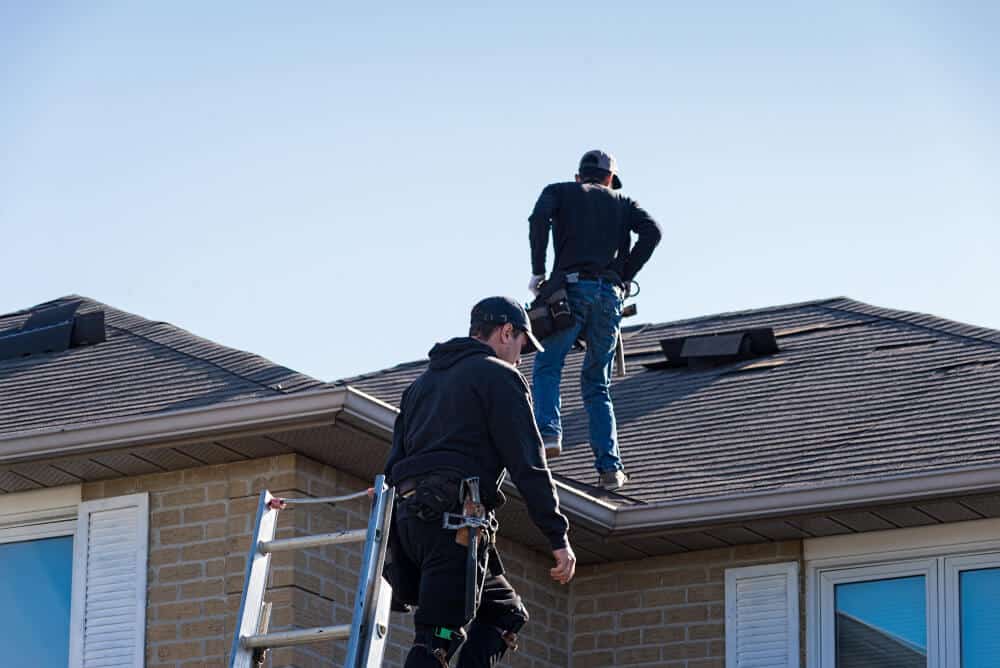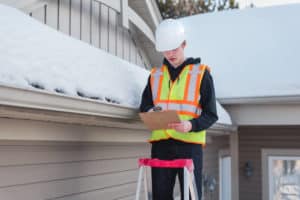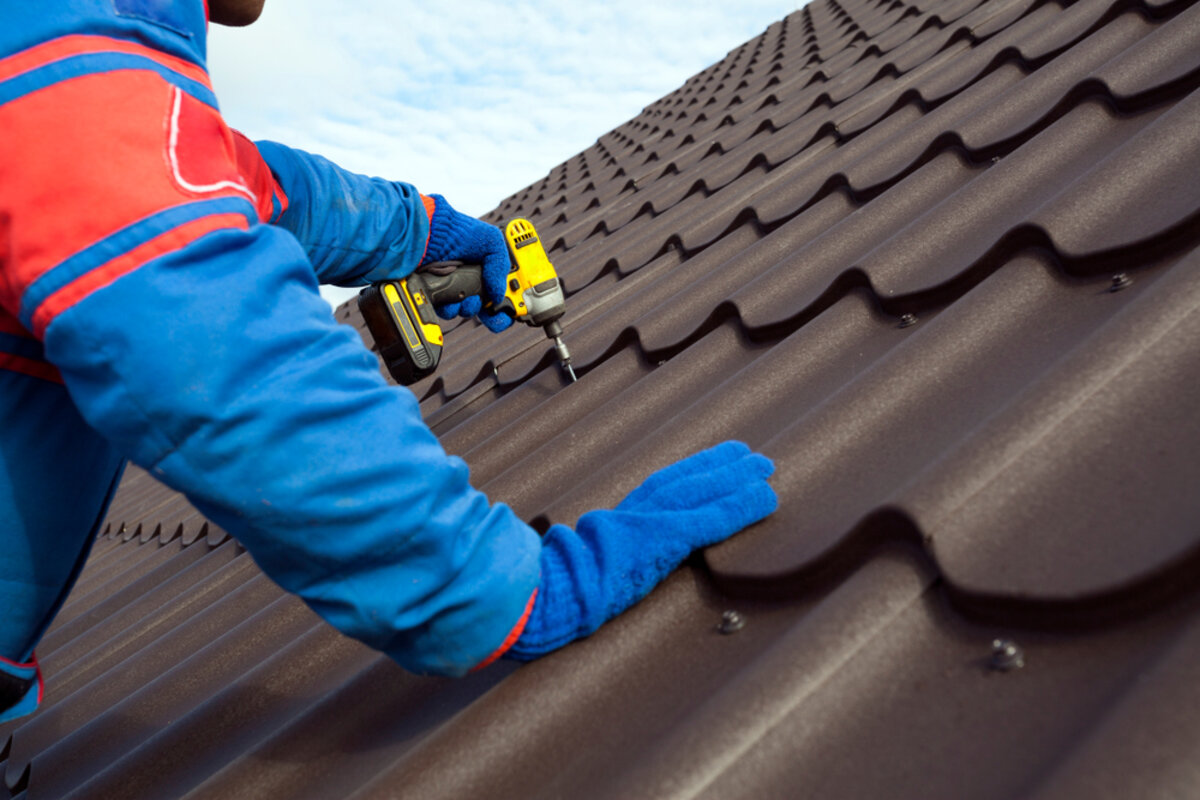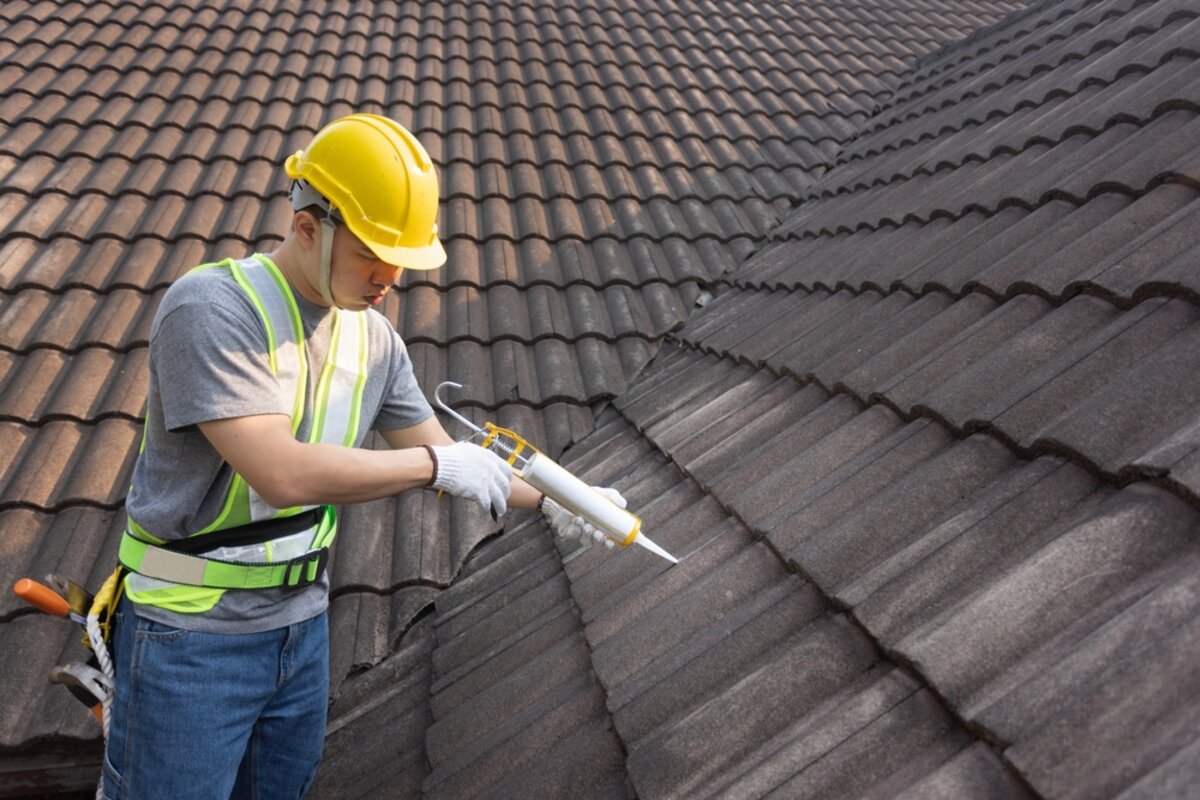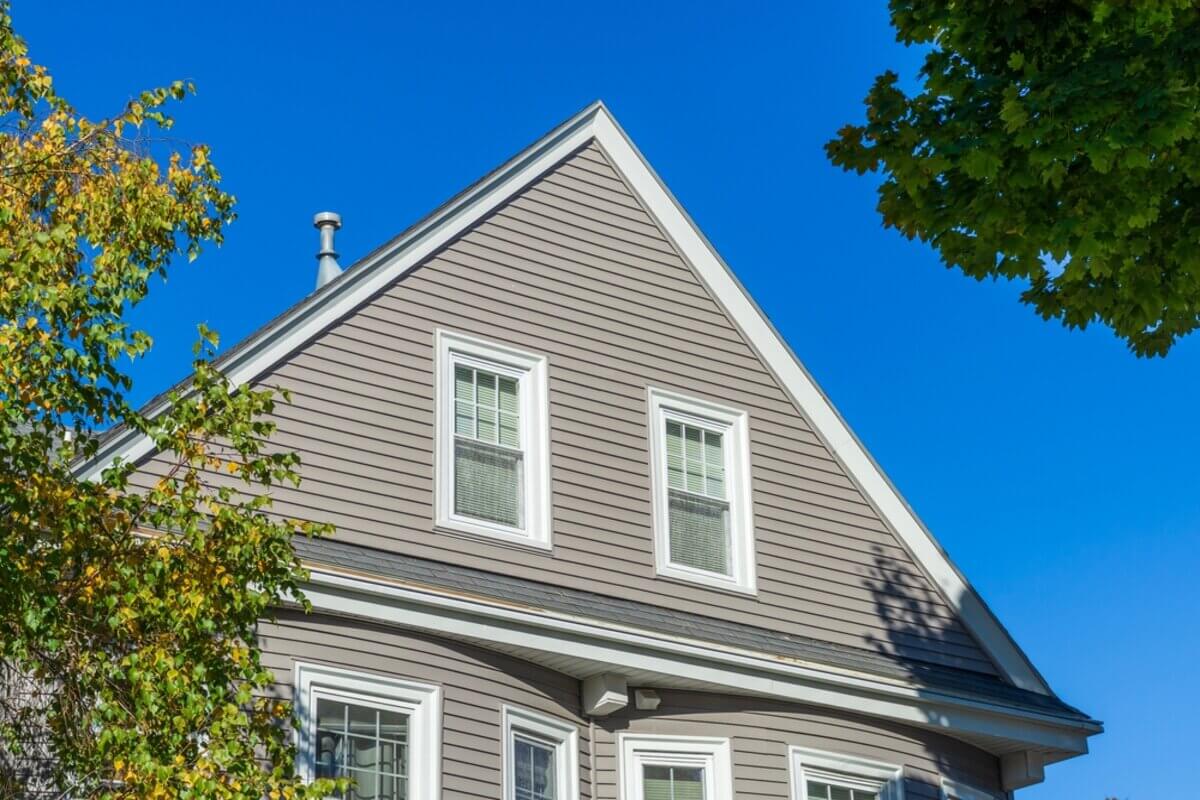Roofs are relatively simple structures, and they’re built to last decades if properly maintained. However, if you don’t inspect your roof regularly, you might miss a problem that could require immediate attention.
So, how do you know if your roof needs an inspection? This article will give you some tips on how to inspect a roof properly.
How Frequently Should a Roof Be Inspected?
Roof inspections can be beneficial in keeping your roof safe and sound. Although, how often to inspect the roof is the question.
The answer is at least twice a year when learning how often to inspect roofs, and the best times to do this are once every spring and fall. This ensures it is in good condition and ready for the upcoming seasons with more severe weather.
When it comes to learning how often to inspect a roof, it is essential to inspect your roof after a severe storm. High winds can blow trees or branches onto the roof, causing damage and leaks in the house. It can also blow off gutters and downspouts that could allow water to get into the home.
How to Perform a Roof Inspection
A thorough inspection is an essential part of maintaining your roof. The key to a good roof inspection is knowing what to look for and how to inspect a roof for damage.
Safety First
Before you begin inspecting your roof, it is important to remember that safety should be your priority. Please don’t rush through this process, and don’t use any equipment unless you are entirely comfortable with its use.
Look at Your Roof From the Ground
When learning how to inspect a roof, walk around it and check its condition from the ground. Look for any signs of damage, like missing or loose shingles. This will help you get a general idea of whether or not it needs repairs and is an excellent way to start getting familiar with your roof.
Examine Your Roof’s Interior
It is vital to also look for water damage on the interior of your roof. If you find evidence of a leak, such as discoloration or peeling paint, there is likely some underlying problem in your roof’s structure. This could be something minor, like an improper flashing installation. Or more severe, like moldy wood or rusting metal screws.
Inspect the Attic
If the attic is accessible, it’s a good idea to look for signs of water spots, such as mold or mildew, and check for leaks. Another tip on how to inspect a roof structure is to check for rotten wood or exposed nails that may have been used in the original construction of your home.
Check for Missing, Loose, or Bumpy Shingles
Missing, loose, or bumpy shingles are a common problem caused by wind or age, and it’s essential to address them quickly to prevent water damage. Knowing how to damage shingles on your roof can save you the trouble of a major repair down the line. However, there are a few things you need to keep in mind when learning how to inspect a roof.
What Are the Areas to Look For During Roof Inspection?
There are a few different areas you should always check when learning how to inspect roofs for damage.
Flashings
Flashings are the metal or plastic covers around the chimney, helping keep water out of your house. They’re often damaged by hail and wind, so it’s essential to check them as part of your roof inspection. If they’re not installed properly, they can be a significant source of leaks.
Rotted Fascia Boards
The fascia boards are the boards that run along the edge of your roof and protect it from water damage. They should be inspected for rot every time you go up on your roof to check for leaking shingles. If the fascia is damaged, it should be replaced as soon as possible.
Missing Shingles
Missing shingles can lead to leaks and damage to the roof. This can be identified by looking for bare spots or missing shingles in your attic and checking the perimeter of your home. To fix this issue, you will need to remove any loose or broken shingles and install new ones.
Blocked Eavestrough
Eavestroughs are designed to channel rainwater away from your home, but water can find its way into your house if they become blocked with debris or ice. Always check for a blocked eavestrough.
Gutters and Downspouts
Gutters and downspouts are an integral part of any roof drainage system. They channel water away from a building, allowing it to flow freely into the ground rather than pooling on your roof or yard. A clogged gutter or downspout can cause leaks or even collapse under excessive weight.
Vents and Pipes
The vents and pipes that run through your roof should be clear. They should not be blocked by vegetation, leaves, or other debris. Insects can also get into these areas and cause blockages and animal nests, which are more difficult to remove.
What Are the Signs of a Damaged Roof?
Another part of knowing how to inspect a roof is being able to identify the signs of a potentially damaged roof. These are the tell-tale signs to look for when you inspect roof for damage:
Moss and Algae Buildup
If you see moss and algae growing on your roof, it’s time to take action when you know how to inspect a roof. Moss tends to grow on shingles that are not exposed directly to the sun, so if you have a lot of moss growing on your roof, it could be a sign that there are leaks in your attic or at least an area of weakness in your roof.
Dark Spots
Dark spots on your roof can signify several problems, so identifying them is crucial when learning how to inspect a roof. A dark spot is essentially any discoloration of the shingles themselves or the underlying sheathing.
Granule Loss
Granule loss is a sign of roof damage. If you notice that your shingles are missing or loose, it’s vital to have them repaired as soon as possible. Broken shingles can allow water to seep into your home and cause mold and mildew growth, which could spread throughout the house.
When to Have Your Roof Professionally Inspected?
If you see any signs that need attending immediately after learning how to inspect a roof, contact a professional who can handle the job safely and efficiently. Here are other reasons you should call a contractor so they can inspect roof for damage:
After a Severe Storm
If you have suffered a severe storm that caused damage to your roof, it is vital to have the damage inspected by a trained professional. This will help you determine what repairs are needed and when they should be performed.
If You Are Planning to Sell Your Home
If you plan to sell your home, you should have your roof professionally inspected. There are several reasons you should have your roof inspected professionally, especially if you plan on selling your home. The most prominent being that you want to ensure the roof is in good shape and does not need maintenance before the buyer gets a chance to see it. If there is some problem with your roof, it could seriously devalue your home and make it more difficult for you to sell.
Perfect Exteriors Can Inspect Roof for Damage
Learning how to inspect a roof for damage and how often to inspect roof are an integral part of home maintenance. By scheduling regular roof inspections, you can help to ensure your home’s safety from many common threats.
Contact Perfect Exteriors today if you’re unsure when or how to inspect a roof. A professional roof inspection will determine if your roof needs repair or replacement and can help you choose the best course of action for your home.

